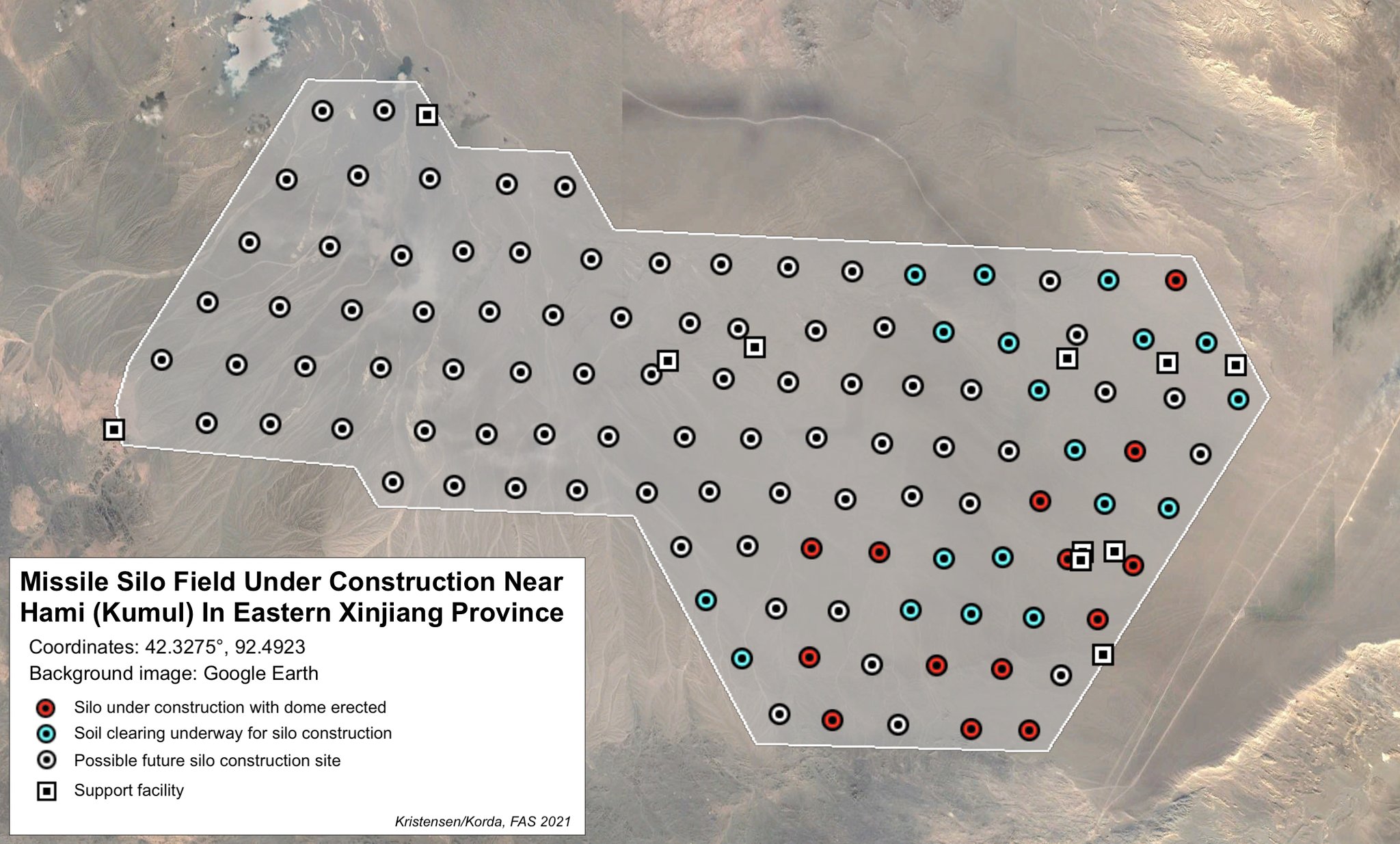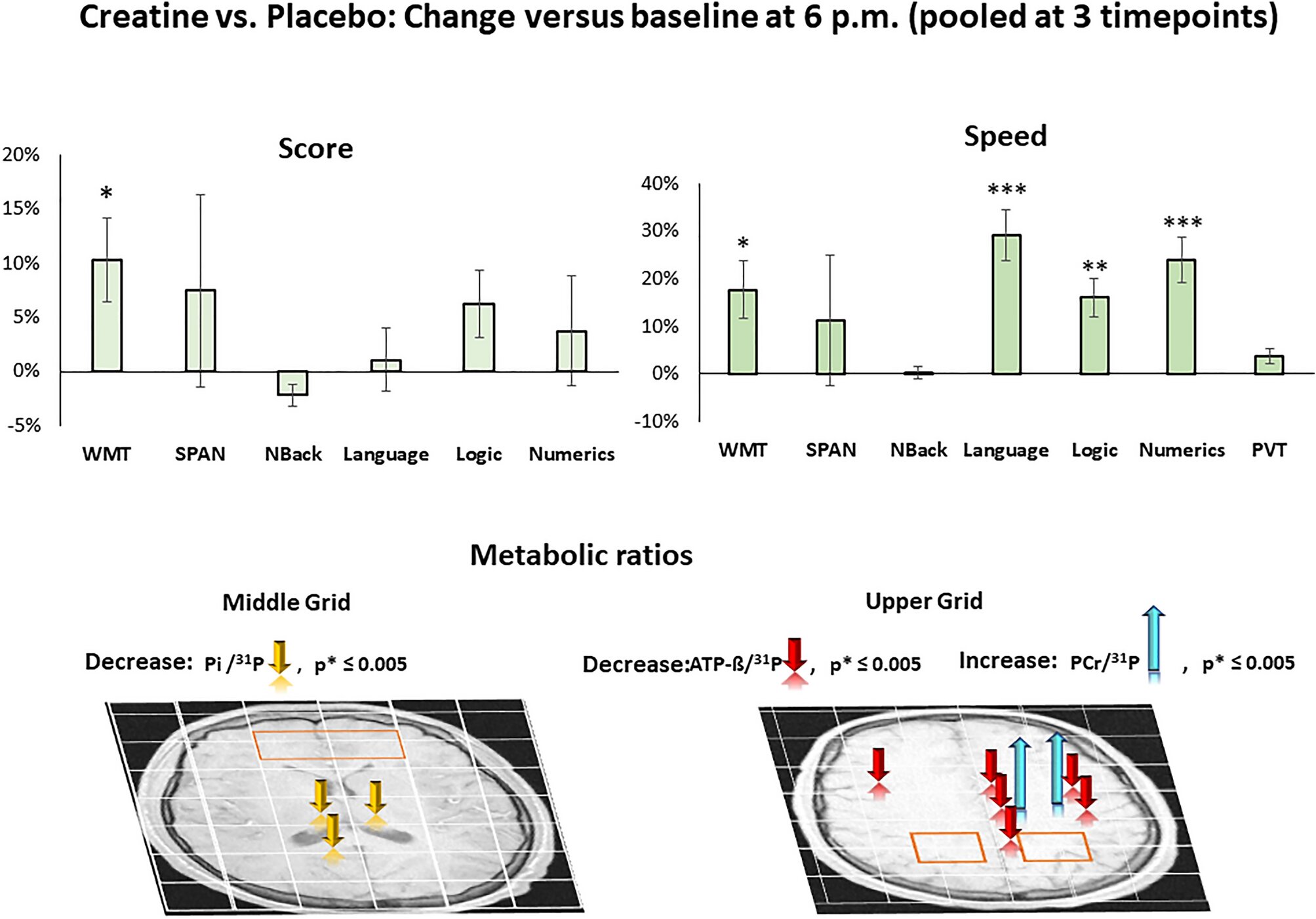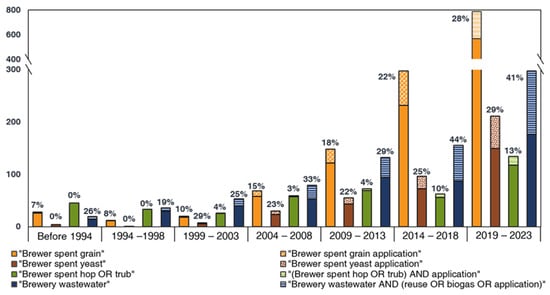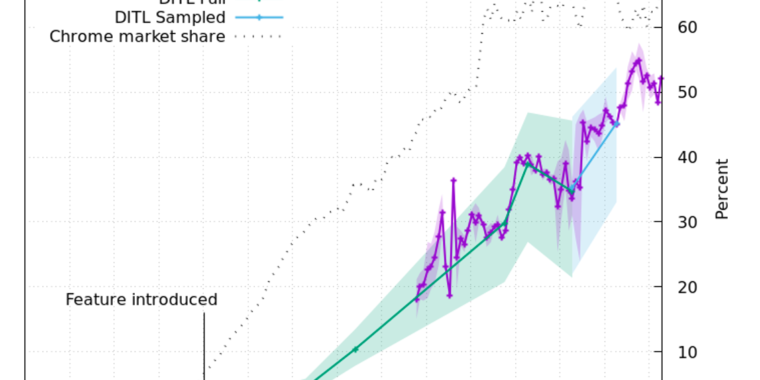
Mapping the intellectual structure of the coronavirus field (2000–2020): a co-word analysis
Scientometrics (2021 )Cite this article
Over the two last decades, coronaviruses have affected human life in different ways, especially in terms of health and economy. Due to the profound effects of novel coronaviruses, growing tides of research are emerging in various research fields. This paper employs a co-word analysis approach to map the intellectual structure of the coronavirus literature for a better understanding of how coronavirus research and the disease itself have developed during the target timeframe. A strategic diagram has been drawn to depict the coronavirus domain’s structure and development. A detailed picture of coronavirus literature has been extracted from a huge number of papers to provide a quick overview of the coronavirus literature. The main themes of past coronavirus-related publications are (a) “Antibody-Virus Interactions,” (b) “Emerging Infectious Diseases,” (c) “Protein Structure-based Drug Design and Antiviral Drug Discovery,” (d) “Coronavirus Detection Methods,” (e) “Viral Pathogenesis and Immunity,” and (f) “Animal Coronaviruses.” The emerging infectious diseases are mostly related to fatal diseases (such as Middle East respiratory syndrome, severe acute respiratory syndrome, and COVID-19) and animal coronaviruses (including porcine, turkey, feline, canine, equine, and bovine coronaviruses and infectious bronchitis virus), which are capable of placing animal-dependent industries such as the swine and poultry industries under strong economic pressure. Although considerable research into coronavirus has been done, this unique field has not yet matured sufficiently. Therefore, “Antibody-virus Interactions,” “Emerging Infectious Diseases,” and “Coronavirus Detection Methods” hold interesting, promising research gaps to be both explored and filled in the future.
Over the last few decades, highly contagious fatal diseases have increased dramatically. Humans and animals alike have been struck down, sometimes resulting in economic crisis. According to the literature, coronavirus fields are recognized as degenerative, incurable diseases causing various health problems. Coronaviruses are highly infectious diseases and may lead to health threats including enteric, respiratory, hepatic, and neurological diseases, so they are extremely demanding to control and even to treat, and they can spread rapidly among communities on a large scale (Gorbalenya et al., 2004). In addition, through adaptive evolution owing to a high mutation rate and genetic recombination, distinct, unique coronaviruses have arisen that have damaging effects on humans and animals. Hence, the adaptive evolution feature has resulted in a novel coronavirus emergence (May et al., 2004).






/cdn.vox-cdn.com/uploads/chorus_asset/file/24801728/Screenshot_2023_07_21_at_1.45.12_PM.jpeg)














